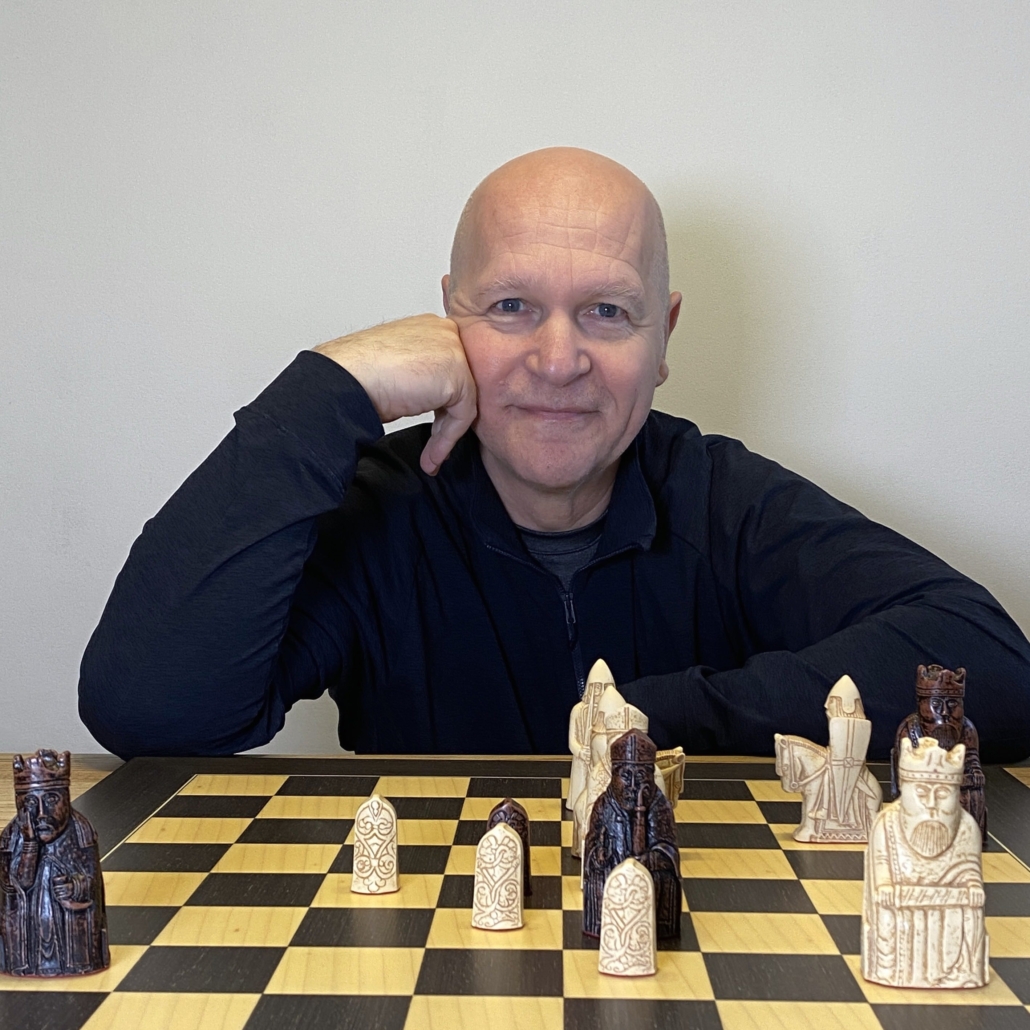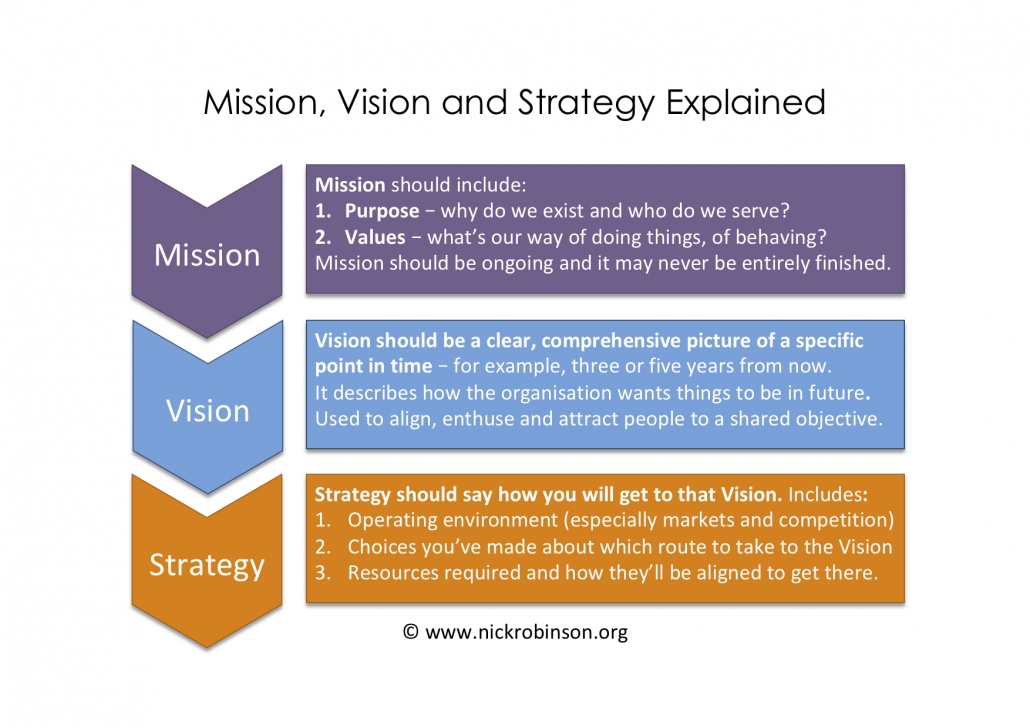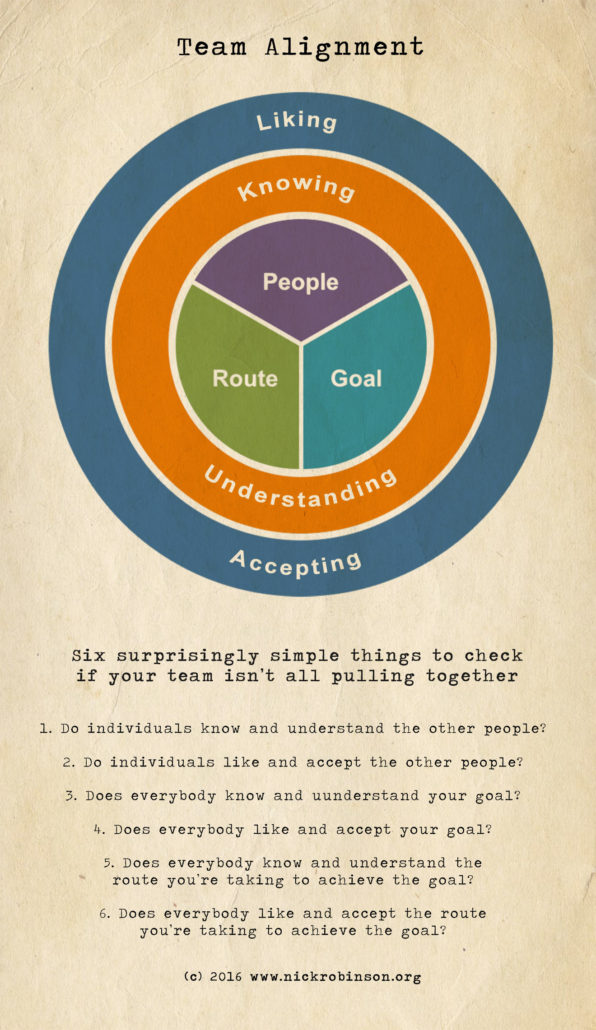Checkmate – why your brightest colleagues try to keep you in the dark
In the chess game of work there’s a player who is often several moves ahead.
It’s the Dark Strategist 🤯
Featured in my book, The 9 Types of Difficult People, the Dark Strategist is someone who will treat others like chess pieces, to be moved around to deliver an ambitious grand plan.
It’s often just too slow, too tedious and too outside their comfort zone to explain, coach and collaborate with you instead.
But even though they’re smarter than average their approach can be flawed, with important details overlooked. And they can sometimes let a perfect concept be the enemy of a good execution.
However positive their intention, whether it’s steering the company through a crisis or grabbing an opportunity no-one else has spotted, they can leave people feeling manipulated and undervalued. So that, in the end, nothing actually gets properly done.♟️
💡 Here are some of the main tips from my book about how to throw some light on your dealings with a Dark Strategist and quickly improve working relations, whether you’re their leader, a colleague, or a team member. Or just someone who wants to help them stop being quite so difficult!
🌏 As their leader, if you can speak their language – big-picture, strategic-thinking – that’s sometimes enough to coax them out of the dark and towards a rounder approach. Treating people as people and managing concrete tasks as well as abstract strategy.
🤝 As a colleague or a team member of a Dark Strategist, you’ll also need to learn how to co-strategise, connecting your own knowledge and goals to the wider vision. This will keep them connected long enough for you to join in the big chess game too.
♟️ If you don’t do this, you’re likely to get treated as a chess piece yourself. Call this out, and don’t tolerate they’re treating you like an idiot, just because you don’t also start from a big-picture assessment of things. Collaboration is the key to a successful workplace, and doing that well depends on a good variety of skills and approaches.
In the next of these articles I’ll be taking a look at a different type of difficult person at work. Someone whose positive qualities and strong principles can themselves be the cause of problems.
And to see all of the types I’ve covered so far, or to grab a copy of my book, check out the tags below and/or the links to in the sidebar.



